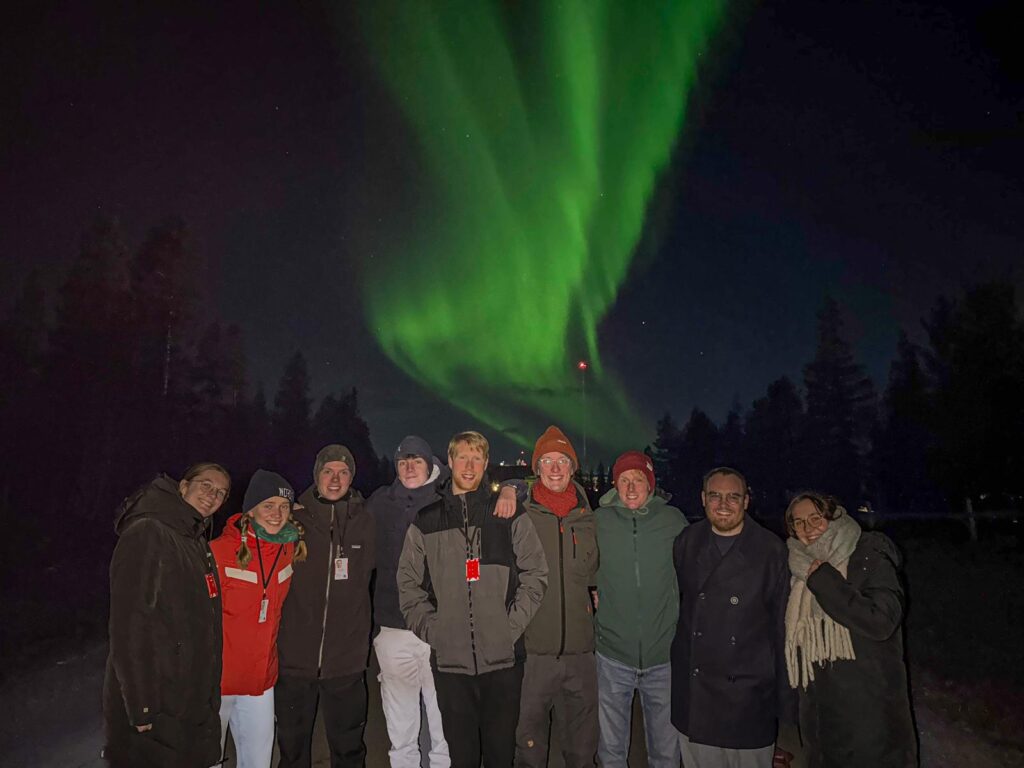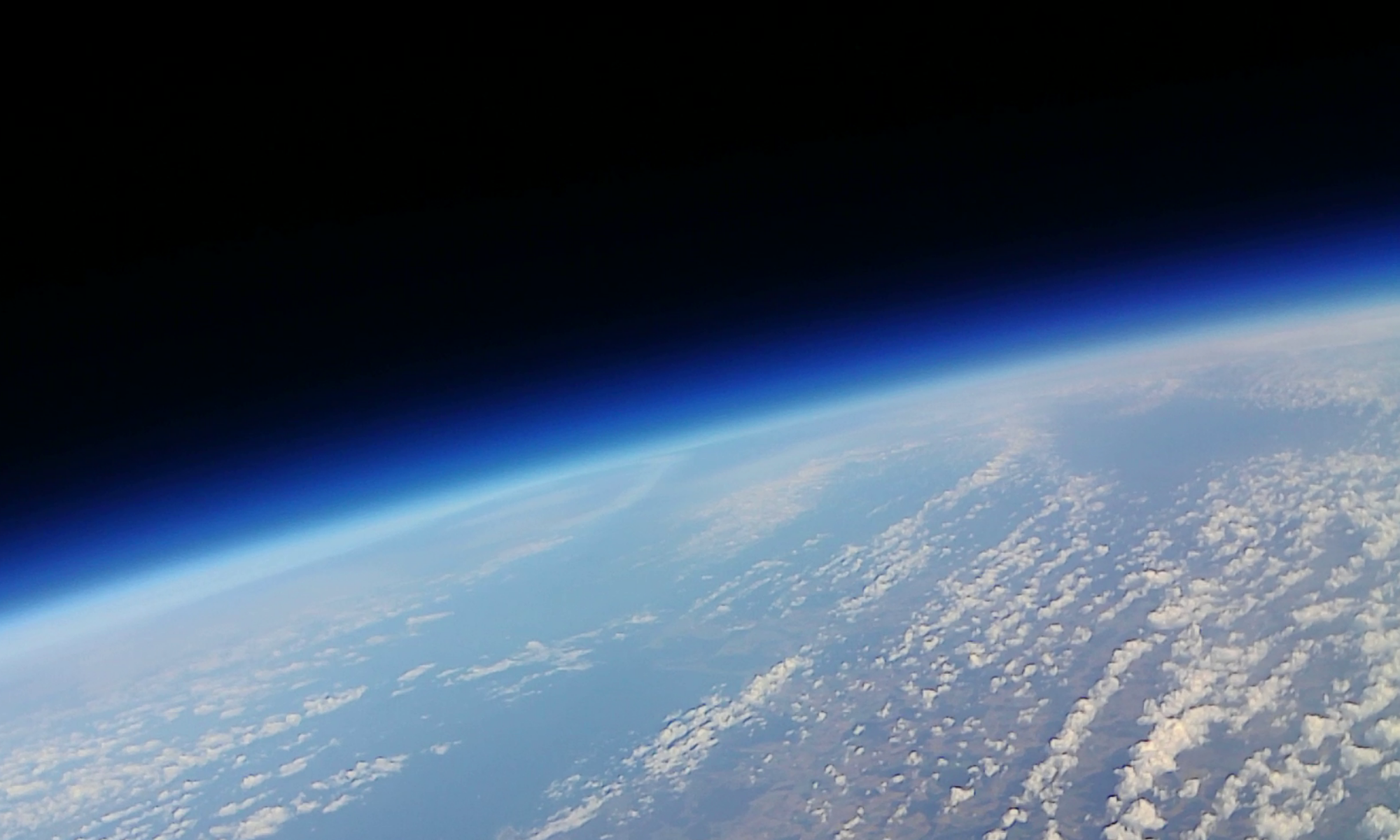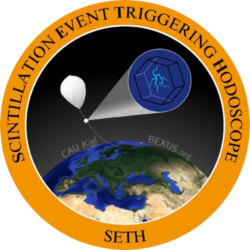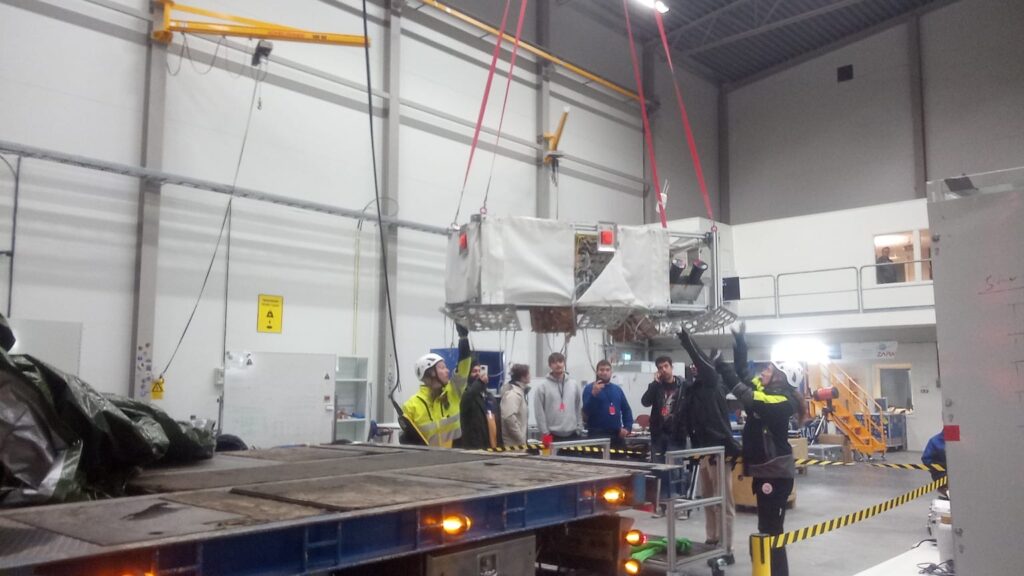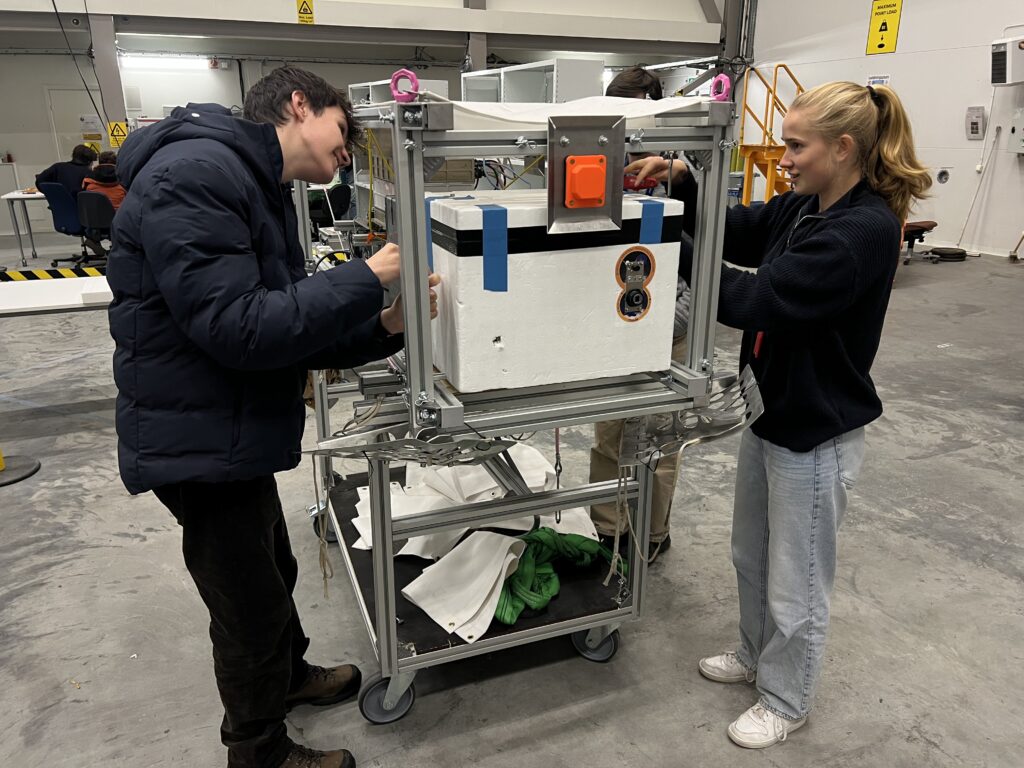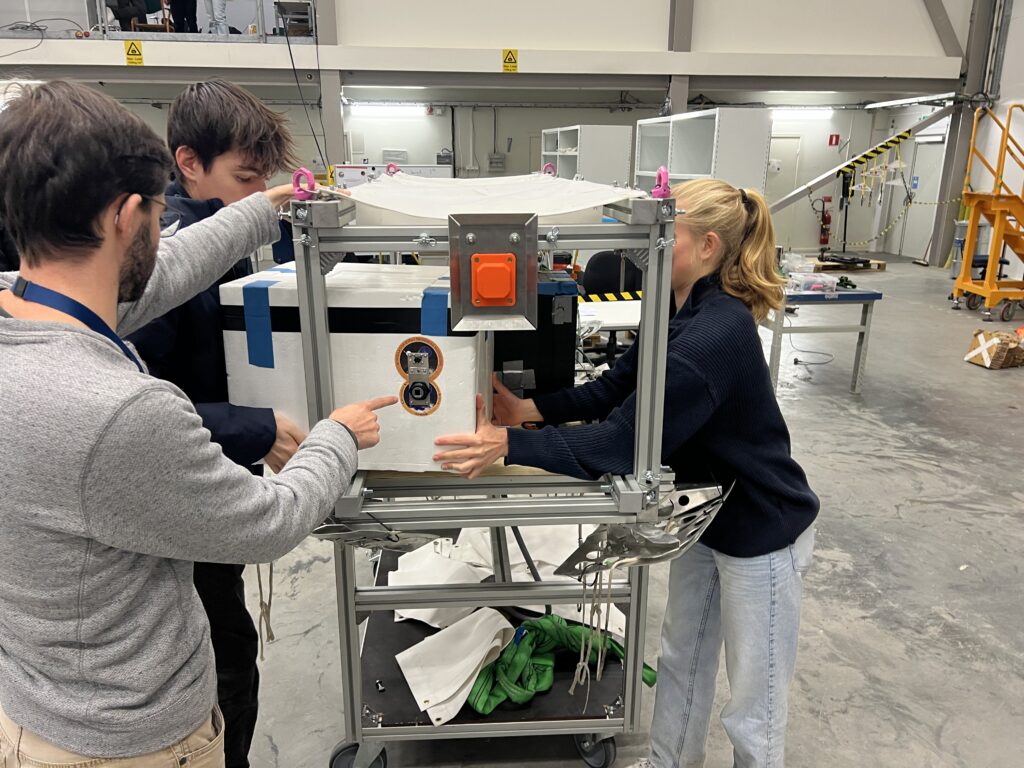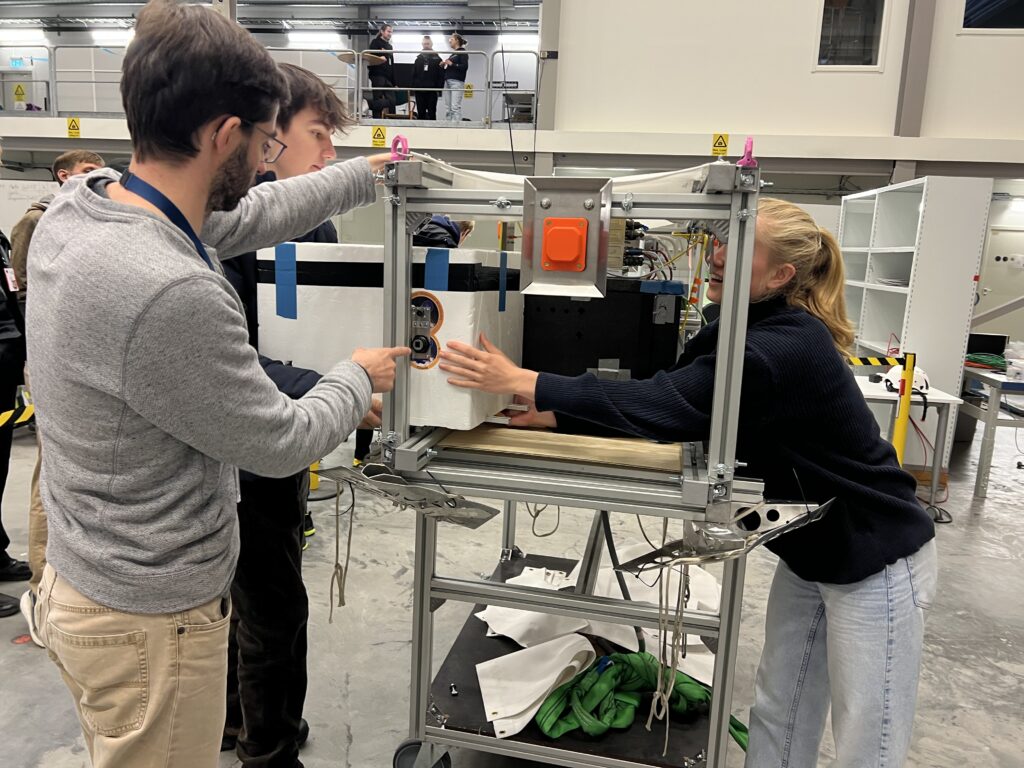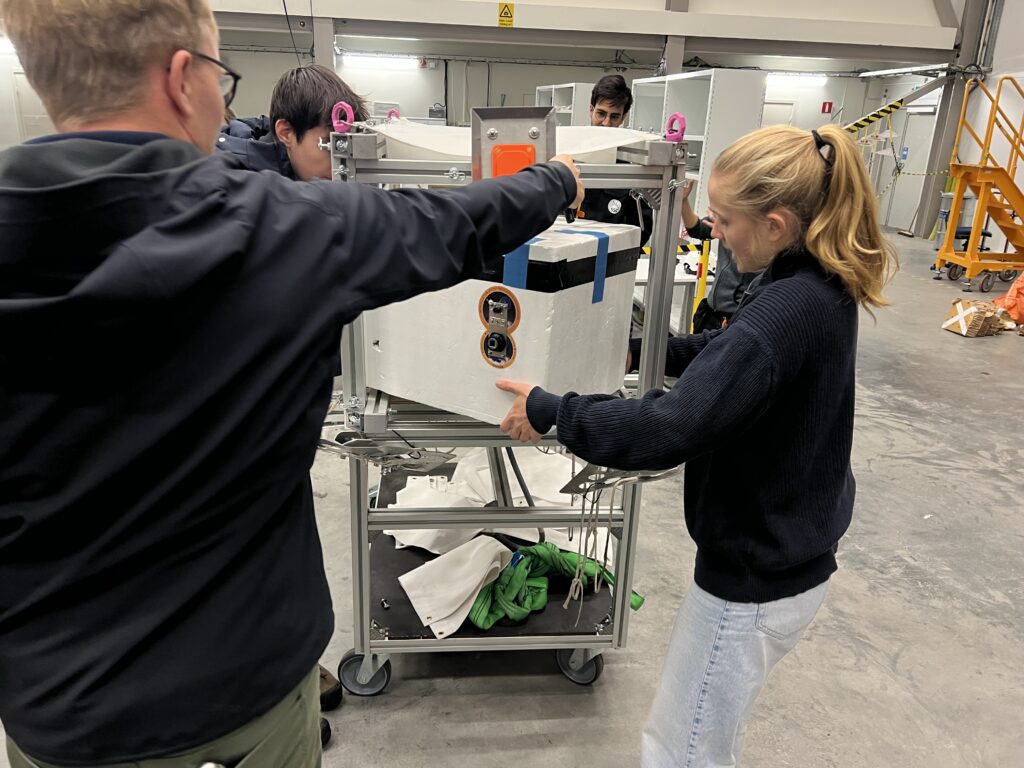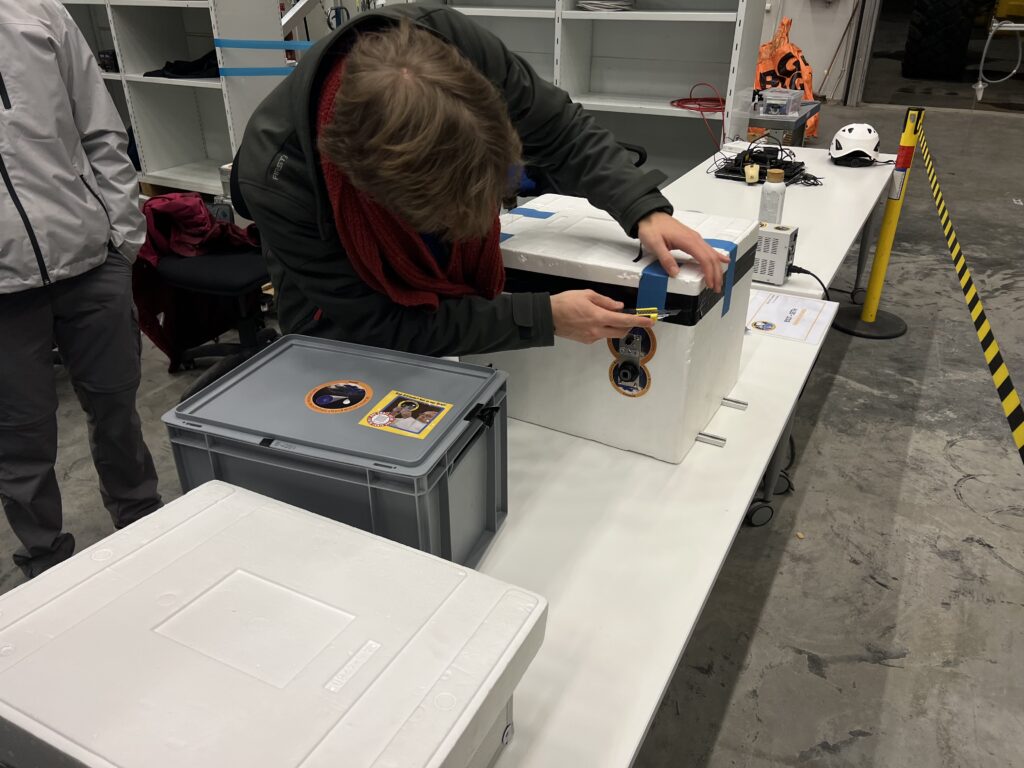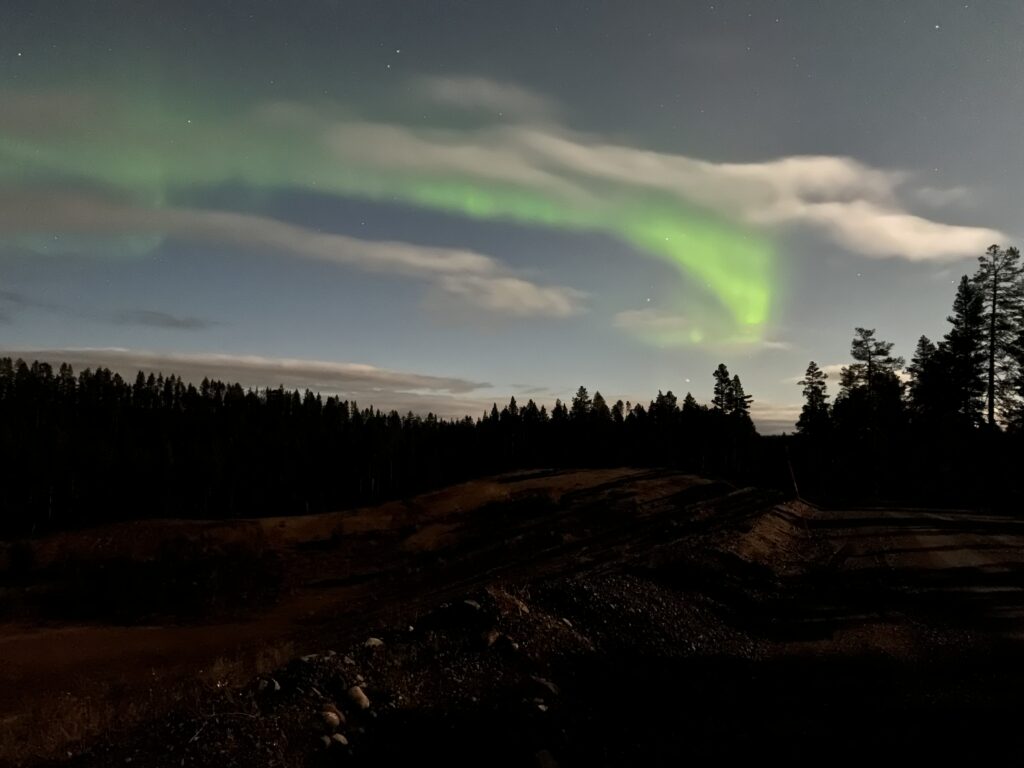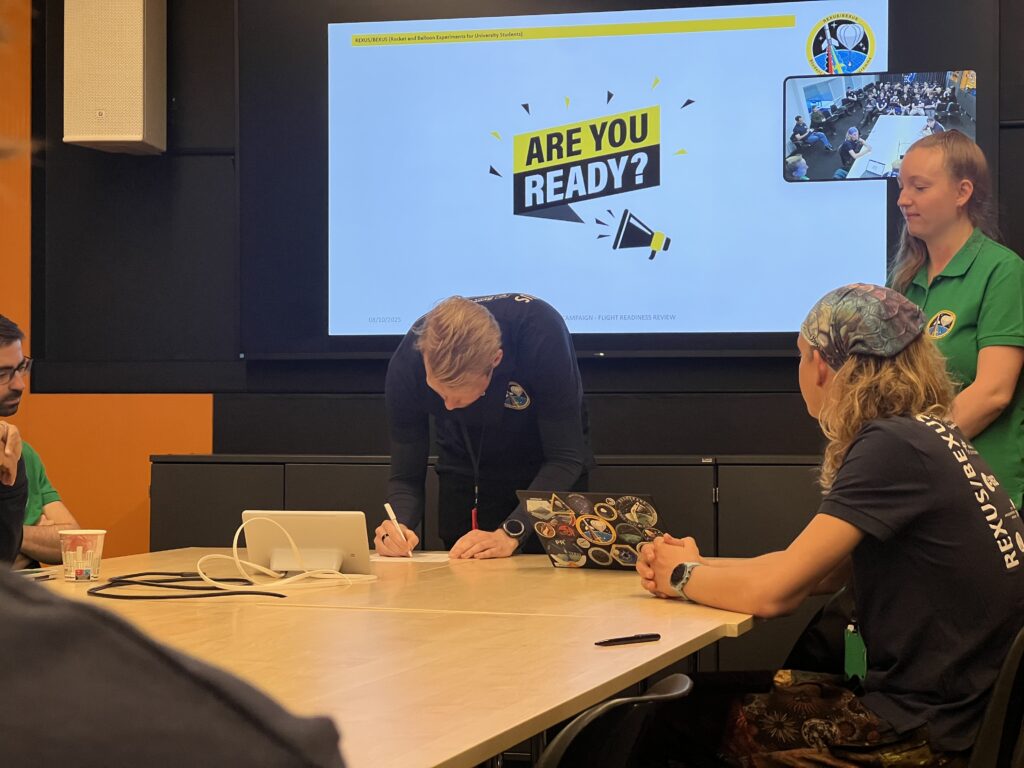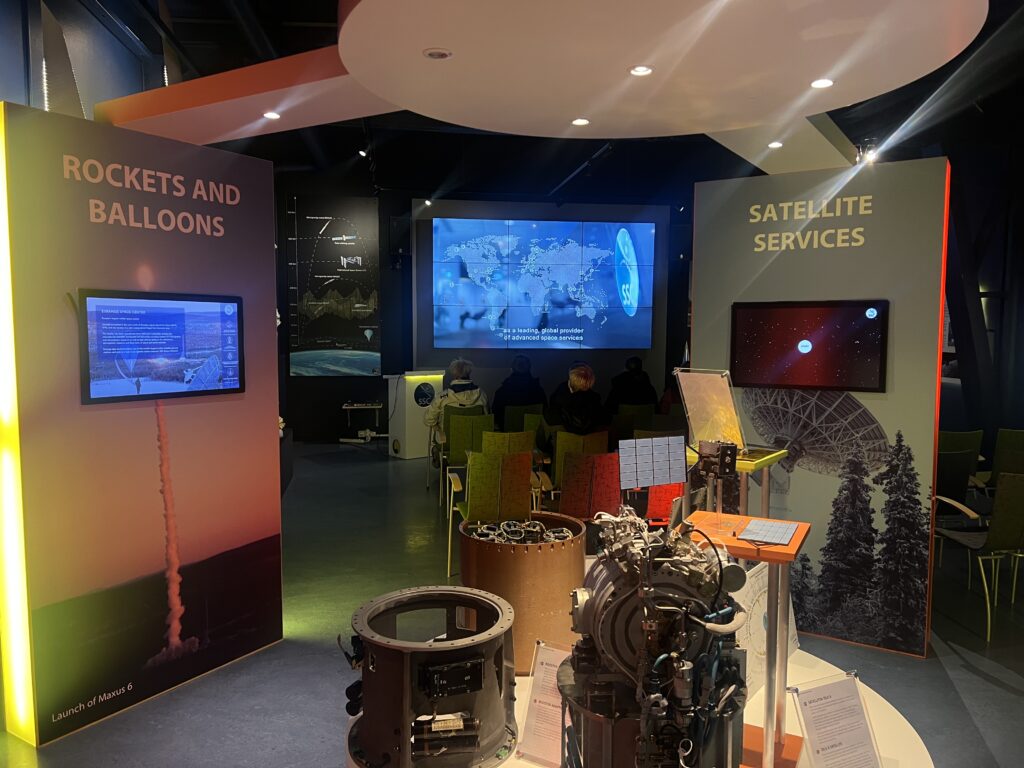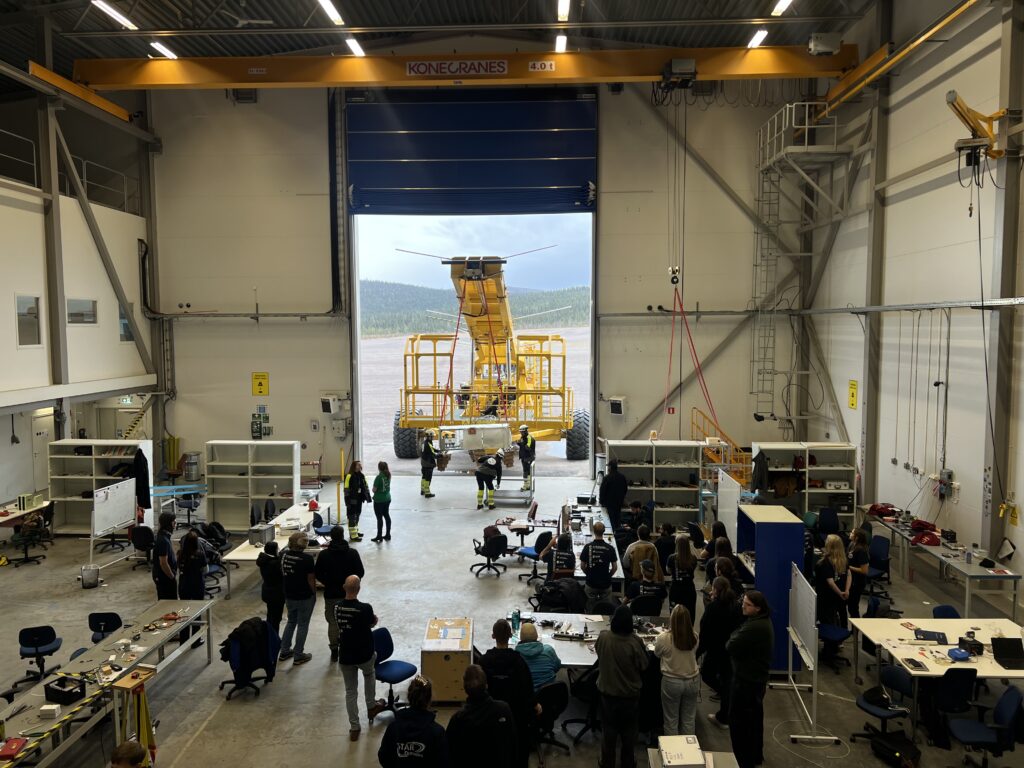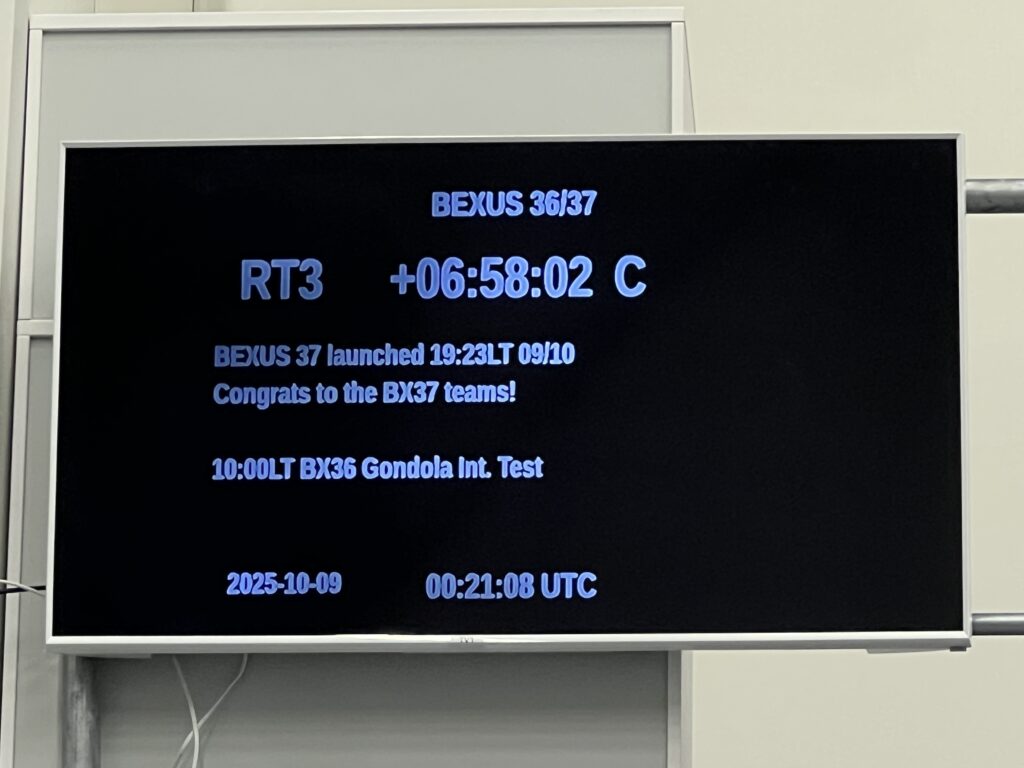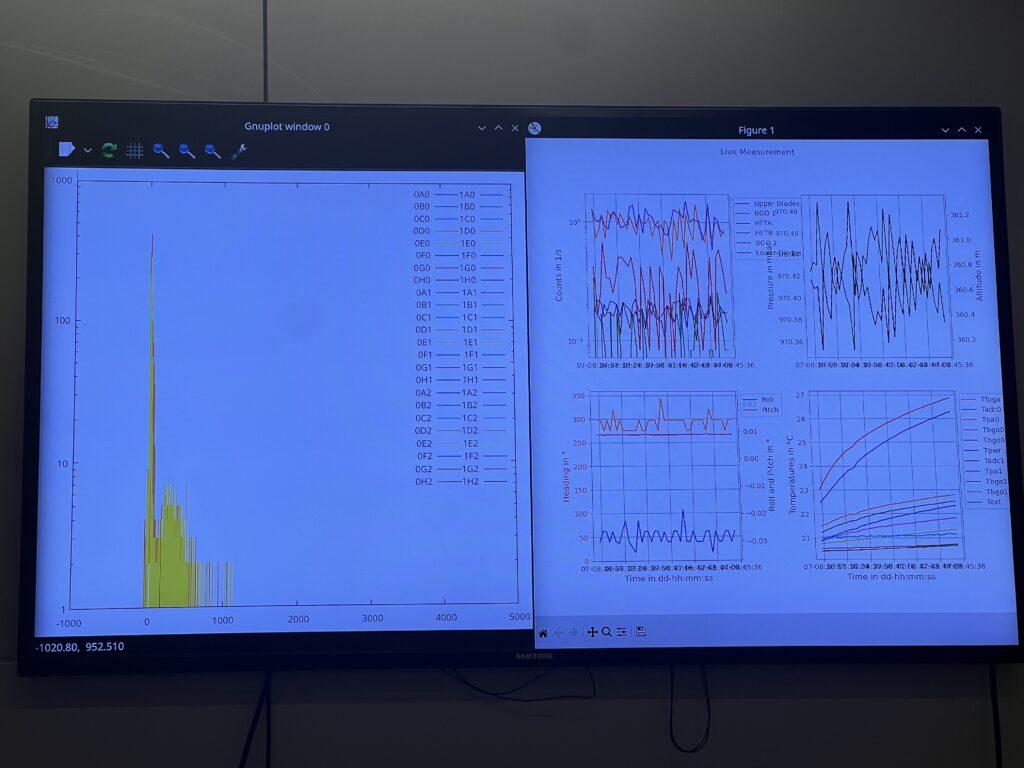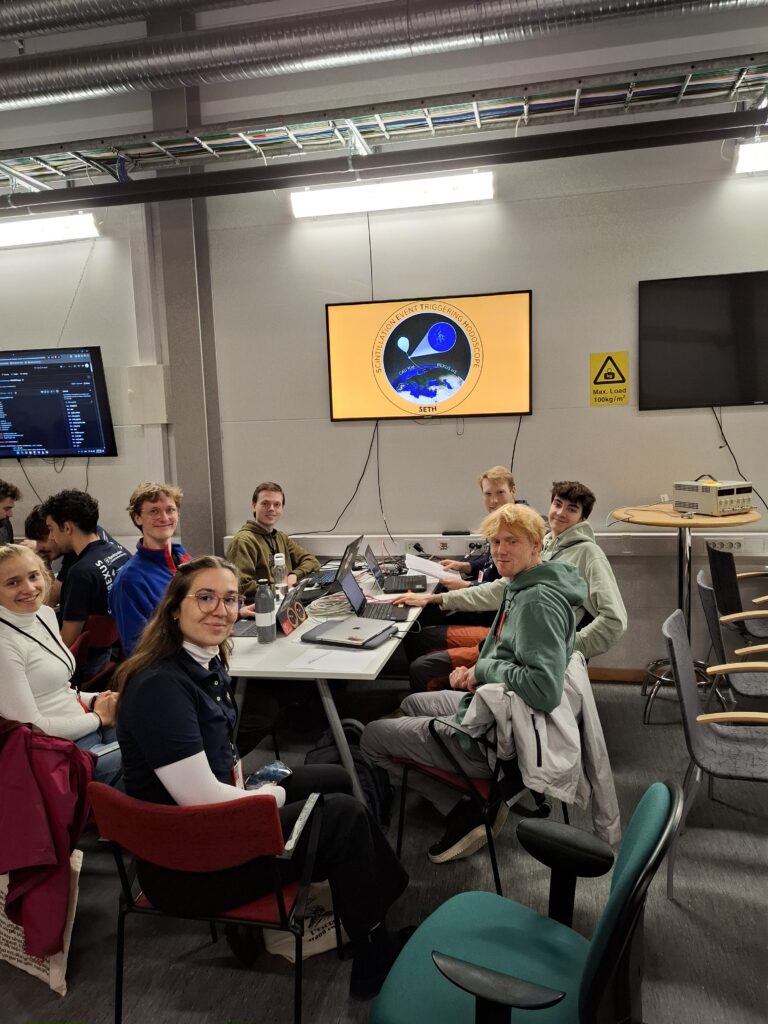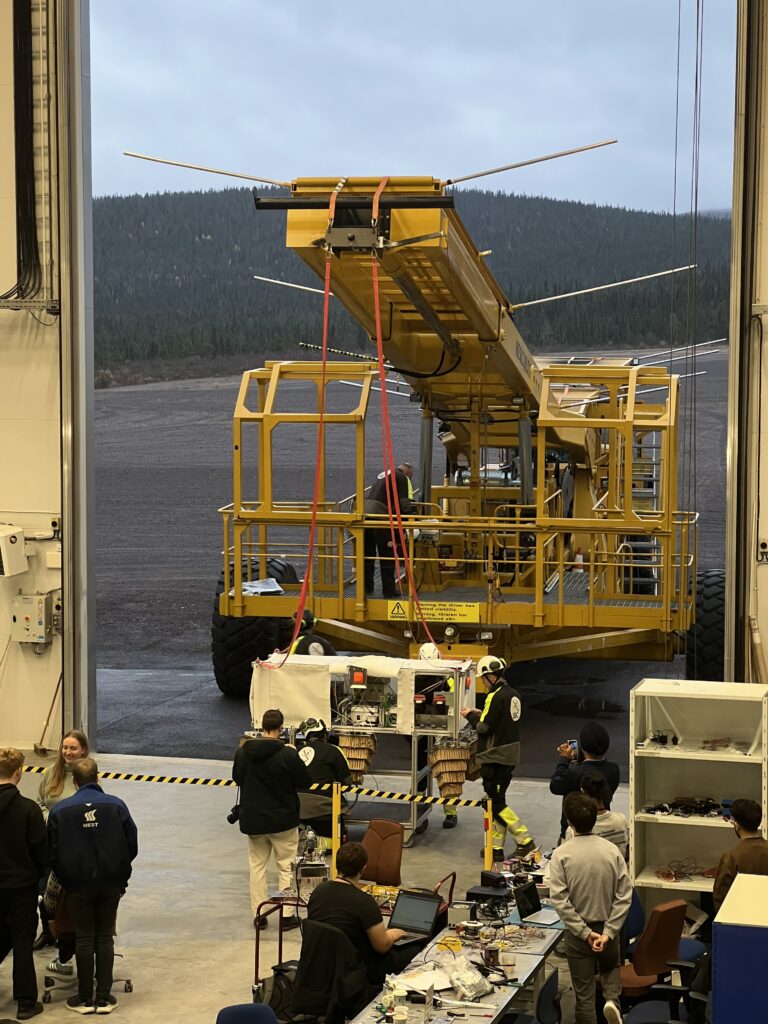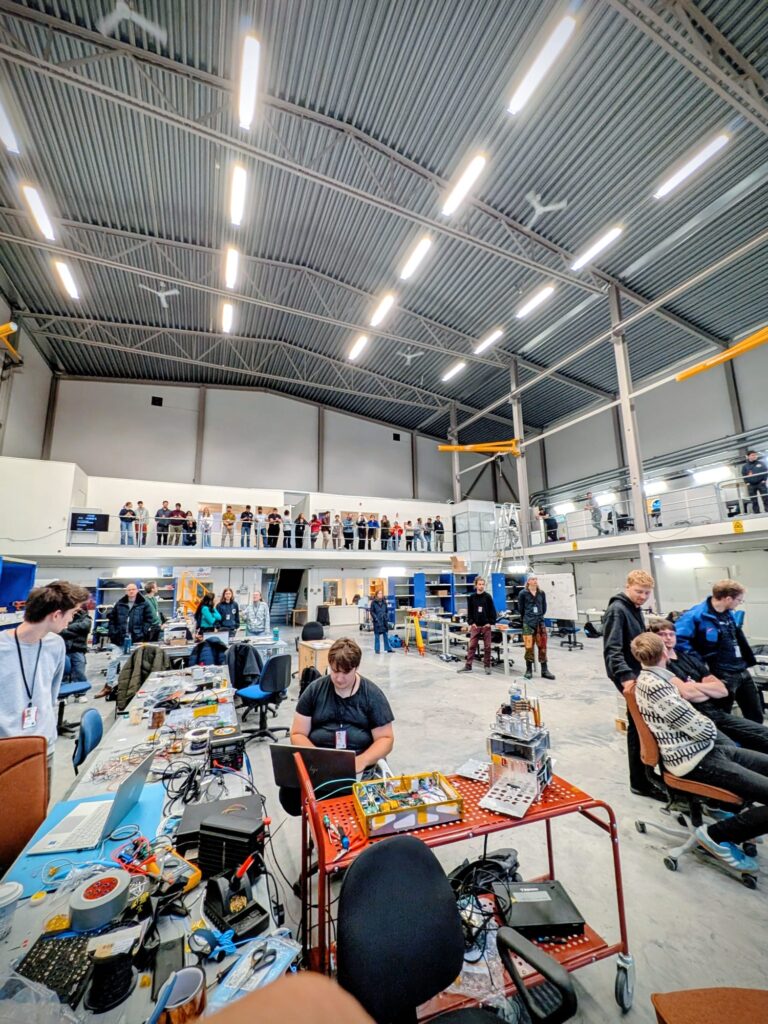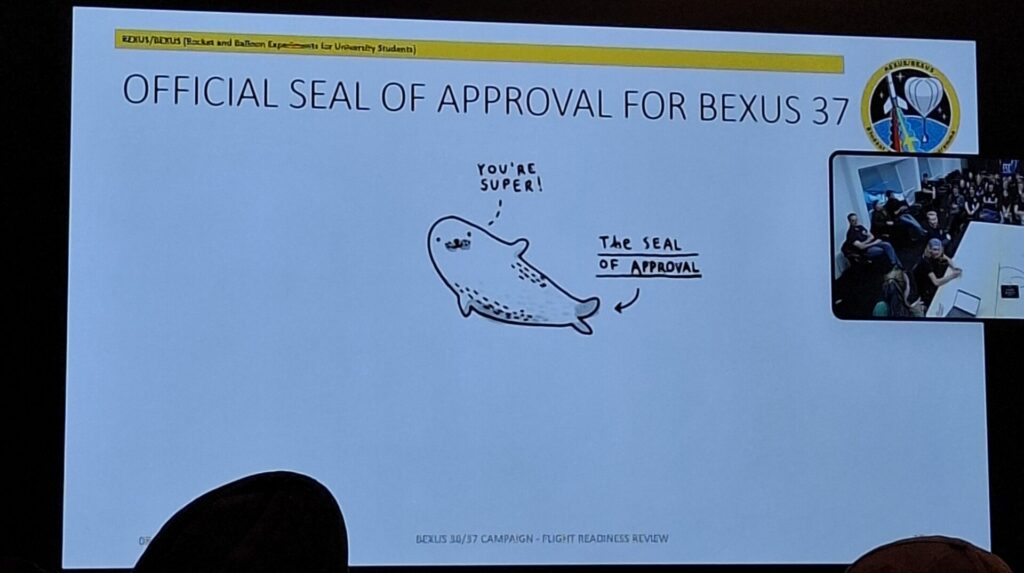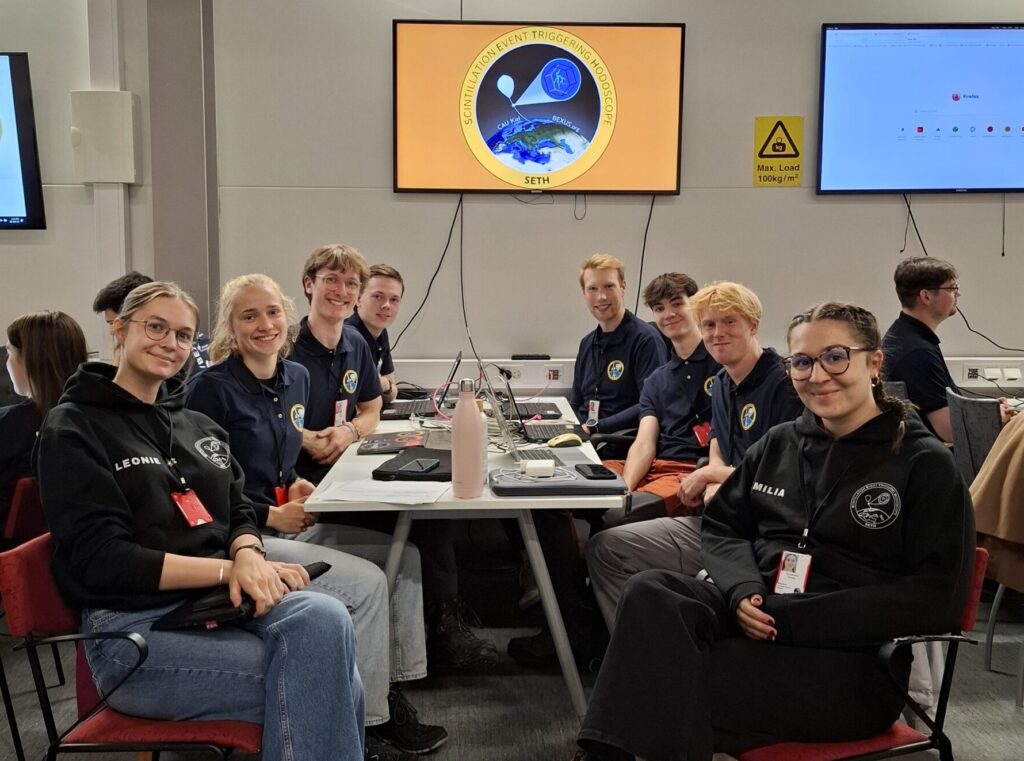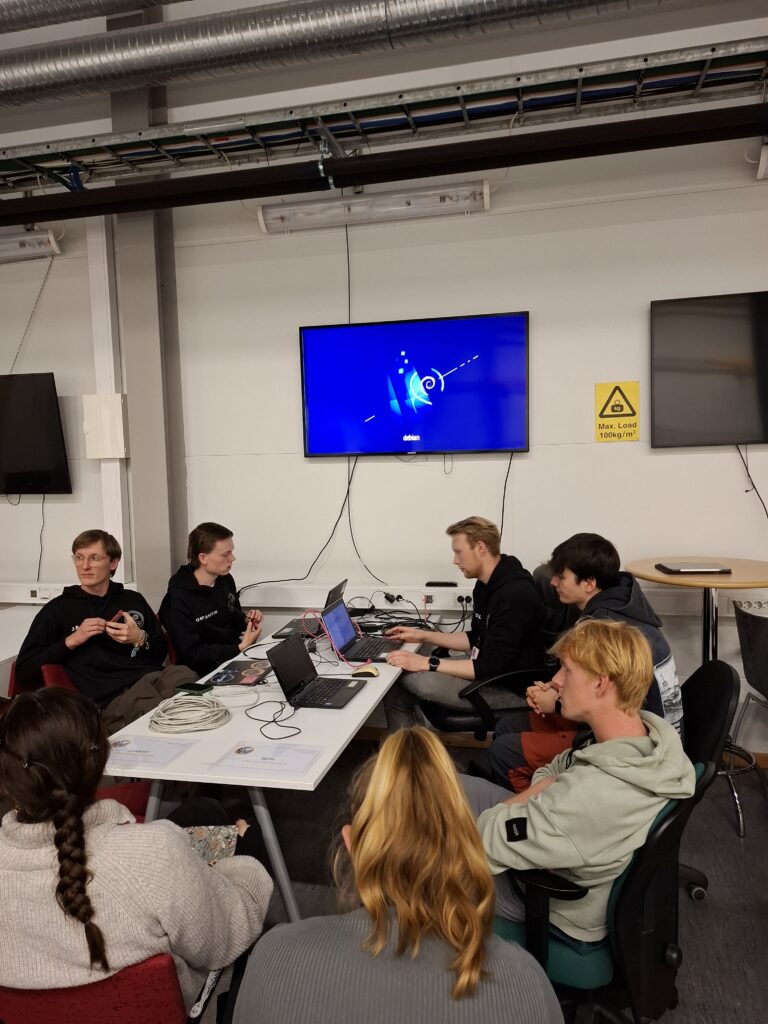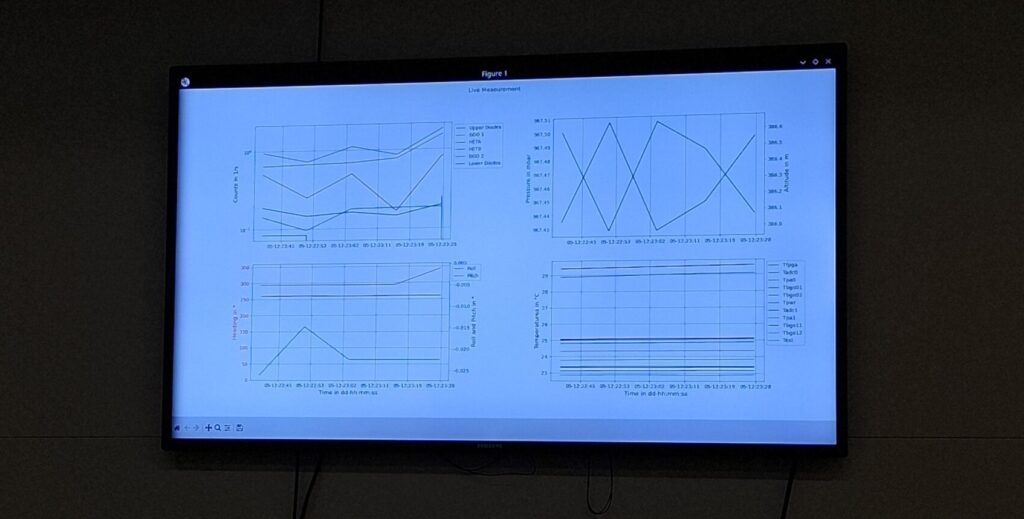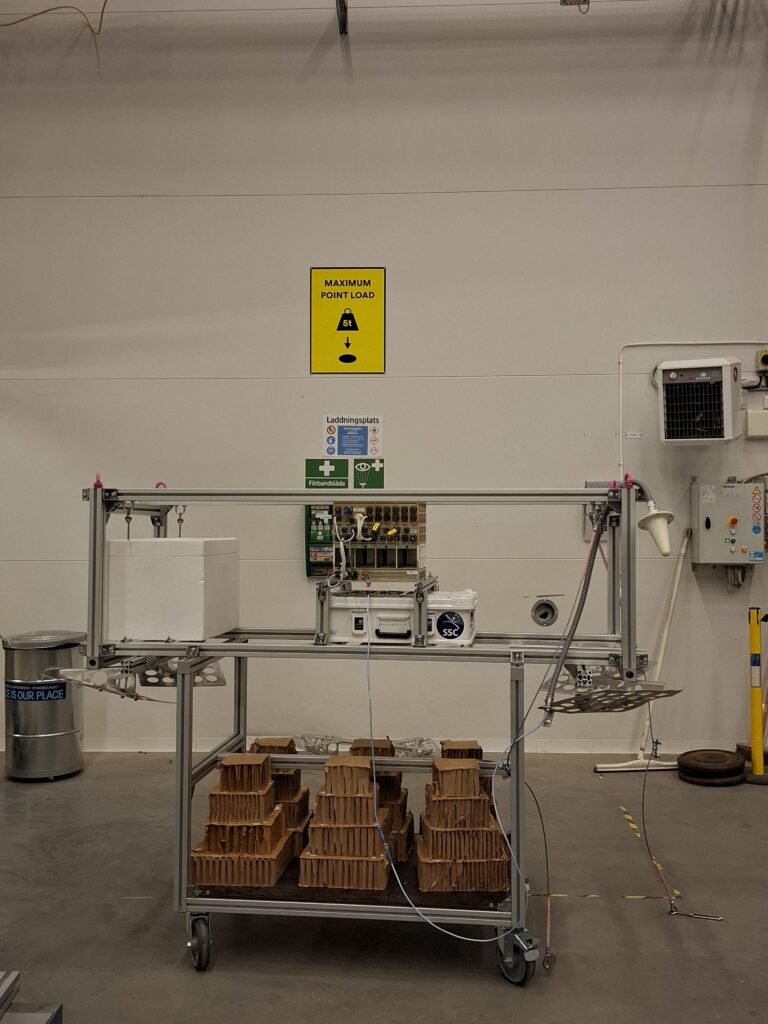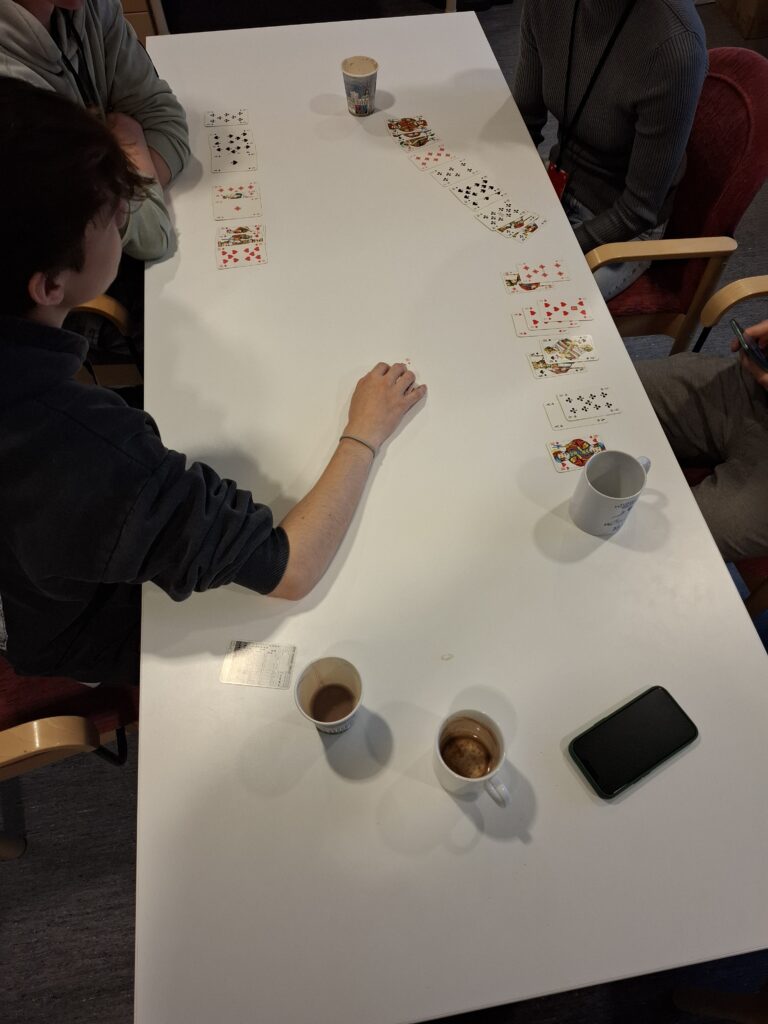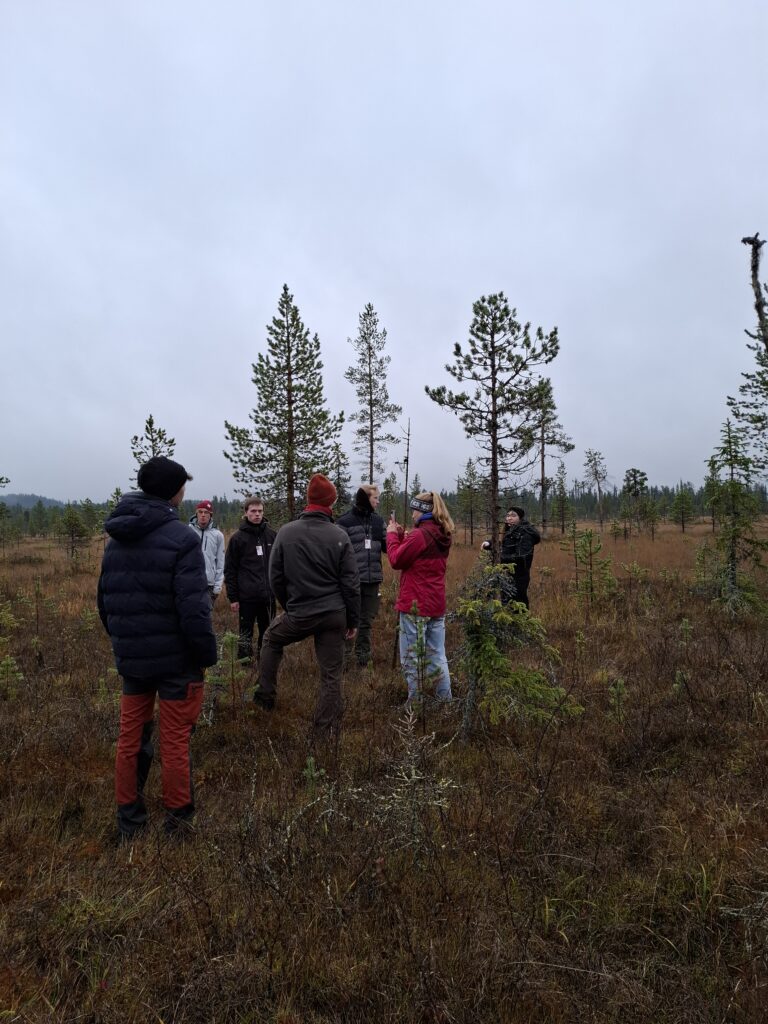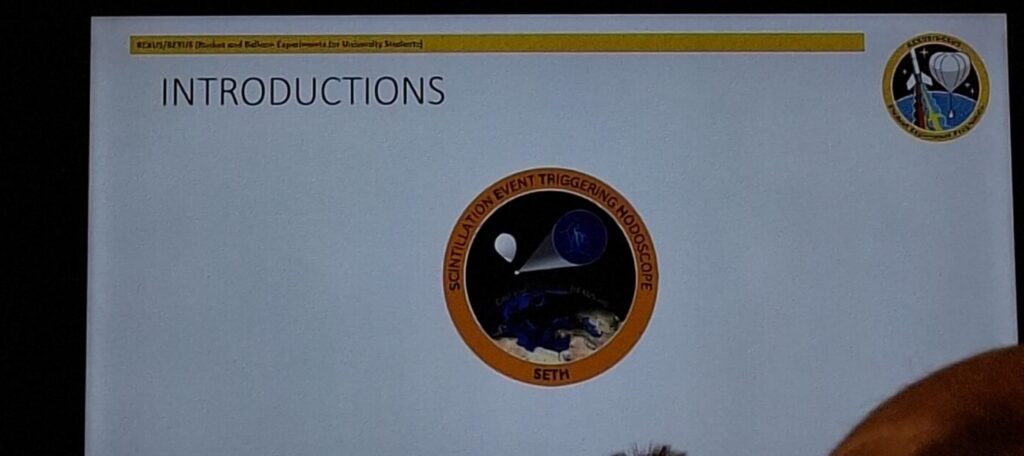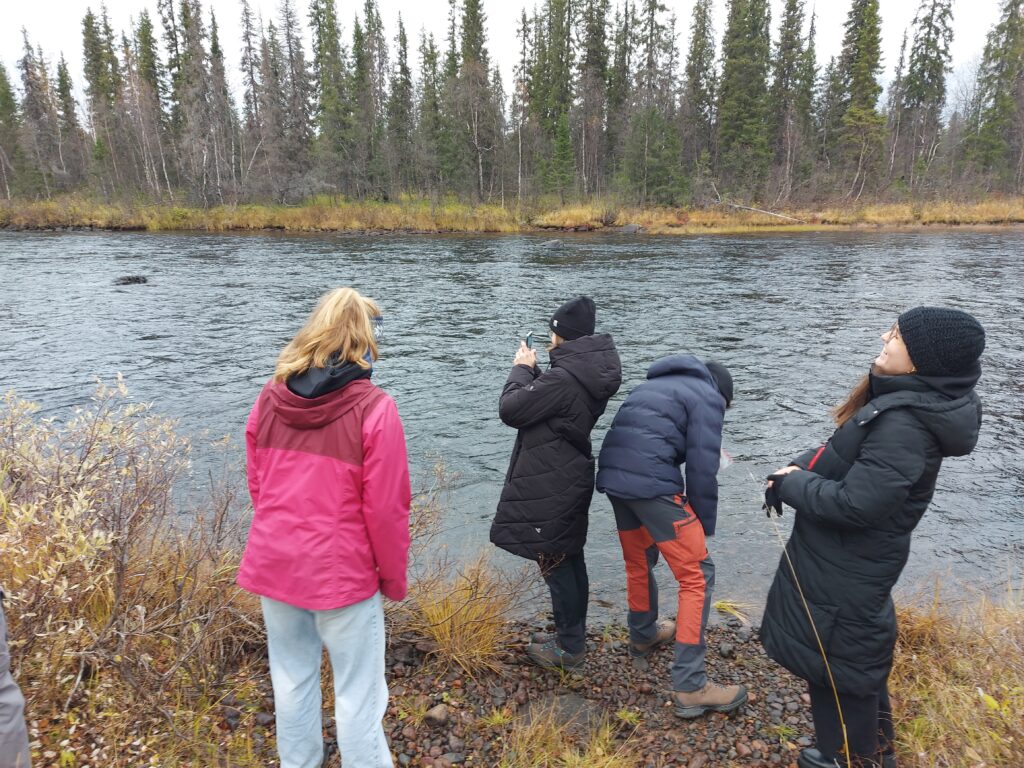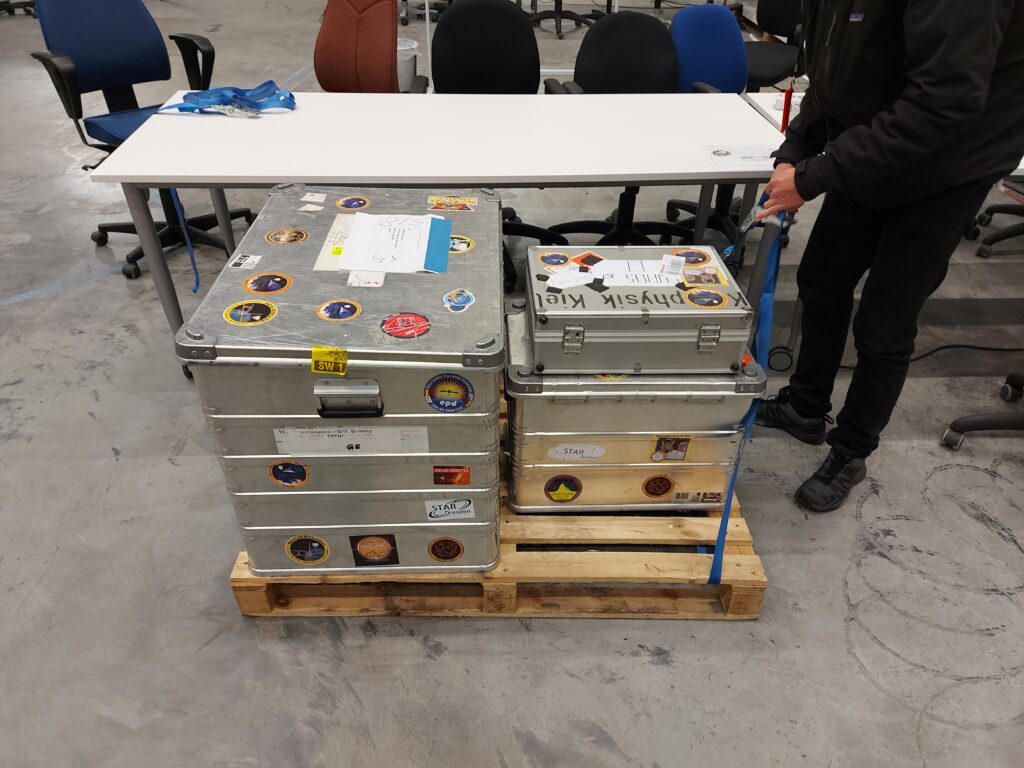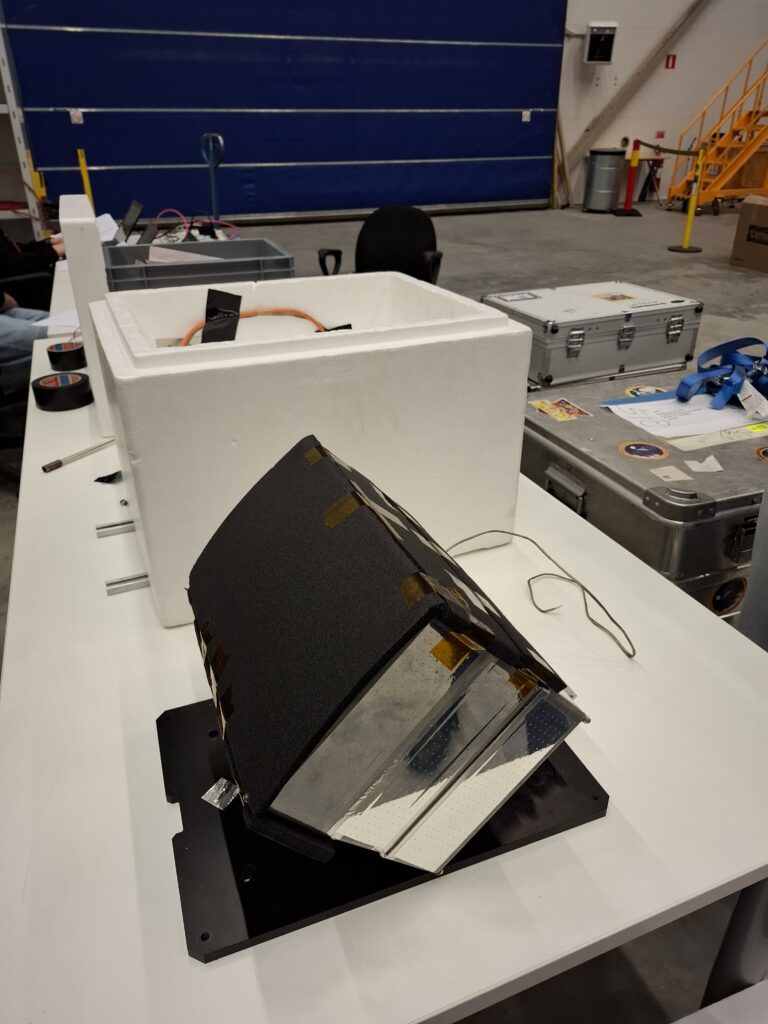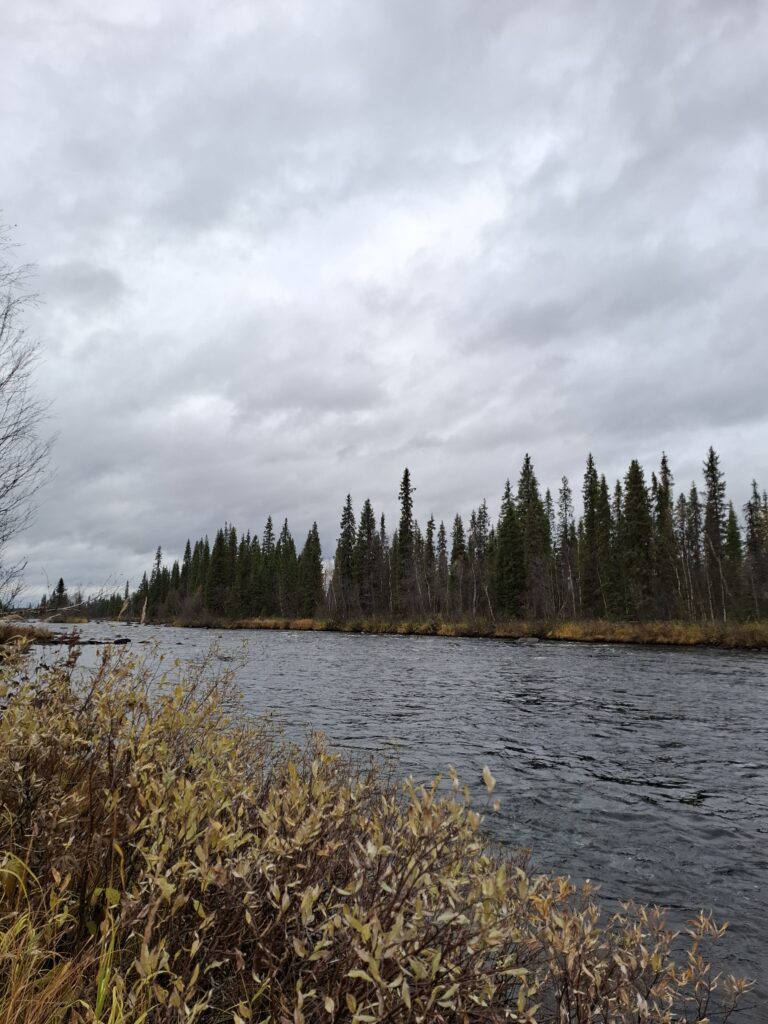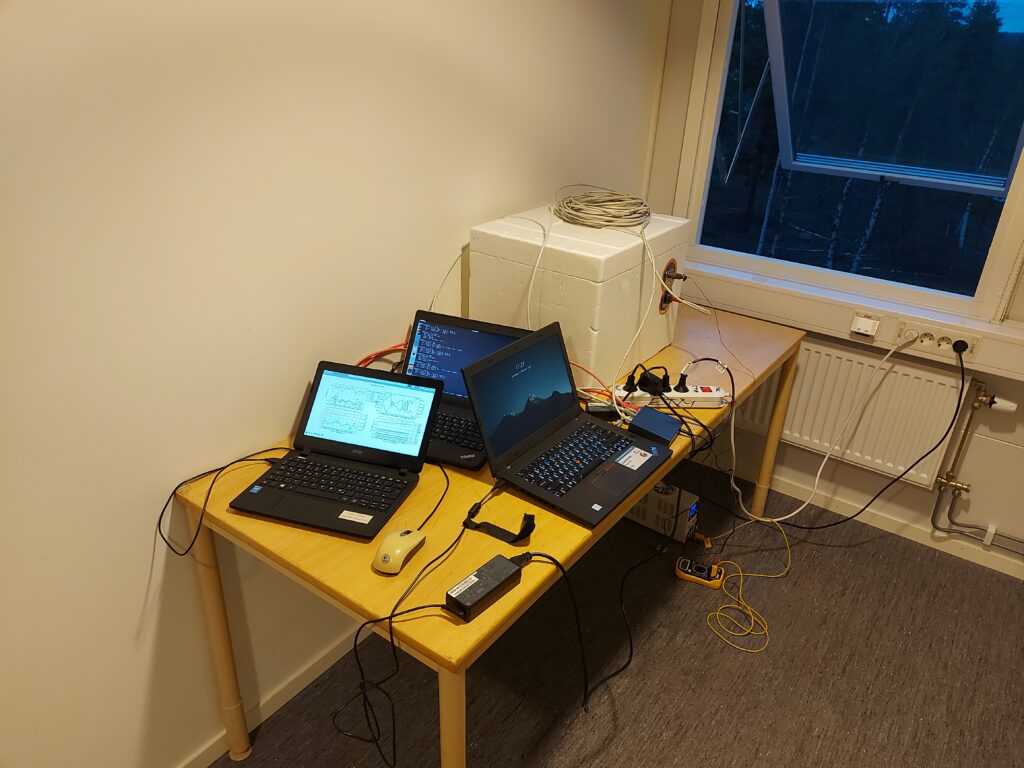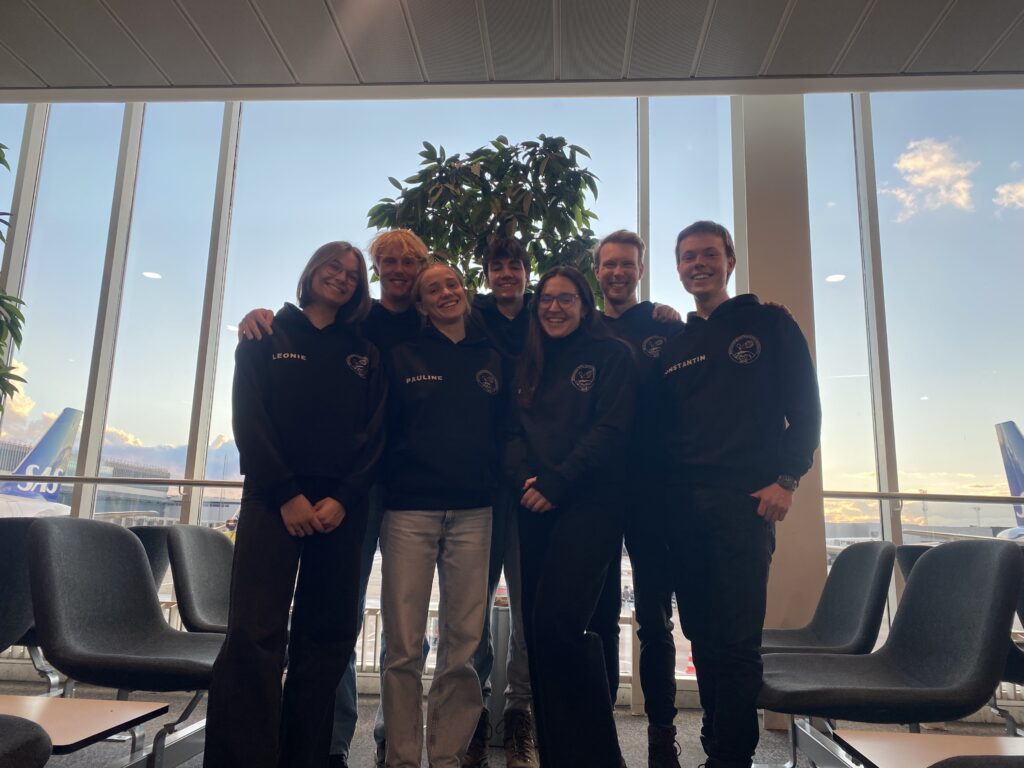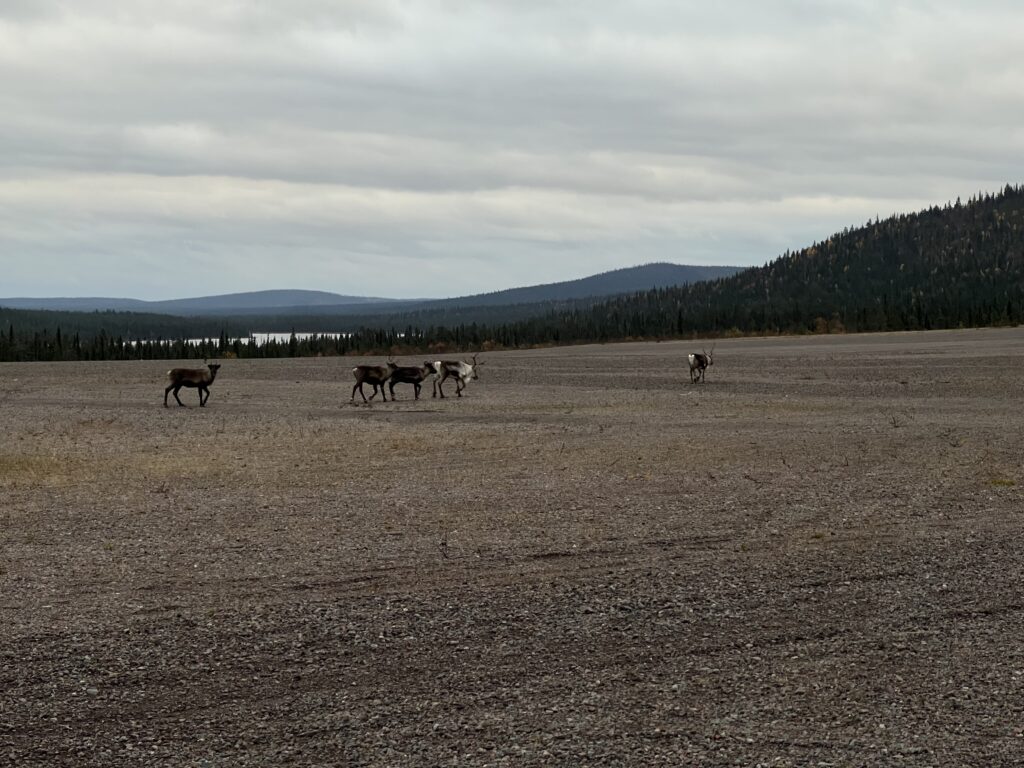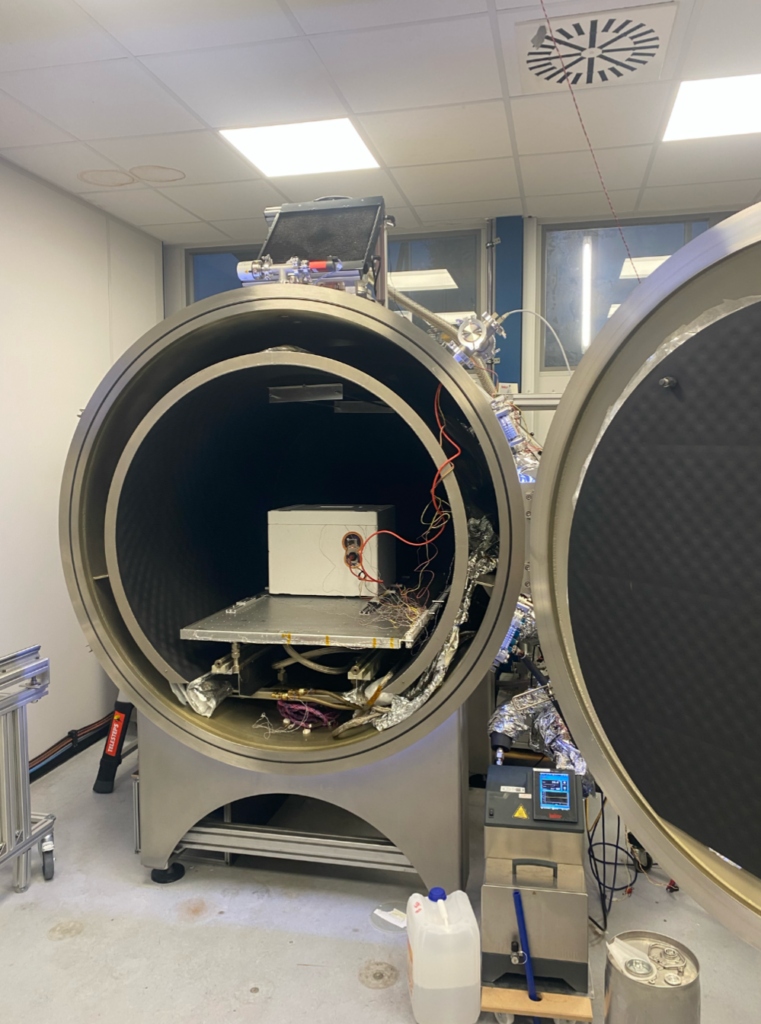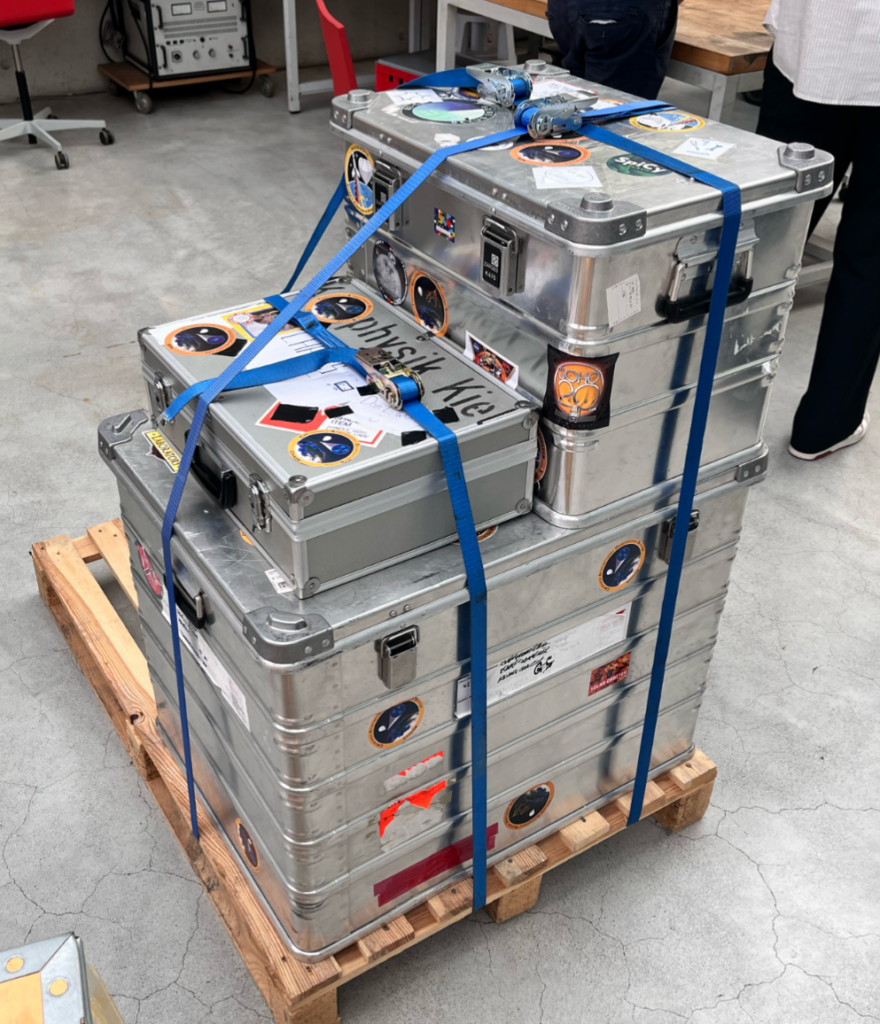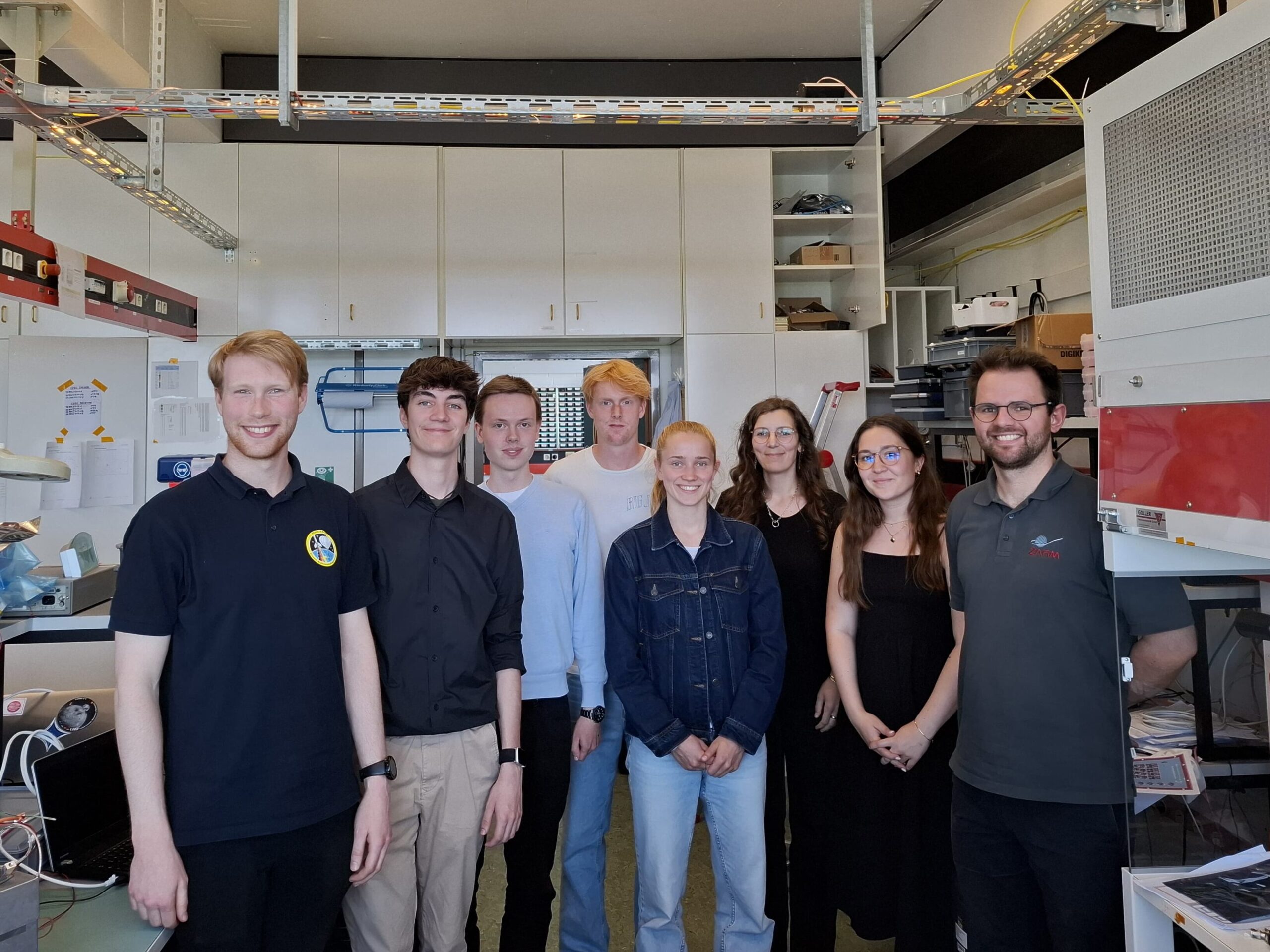On day eight there was supposed to be the launch of BX36, unfortunately the launch was unsuccessful. Condolences to all the BX36 teams!!! Despite these circumstances all teams took it easy.
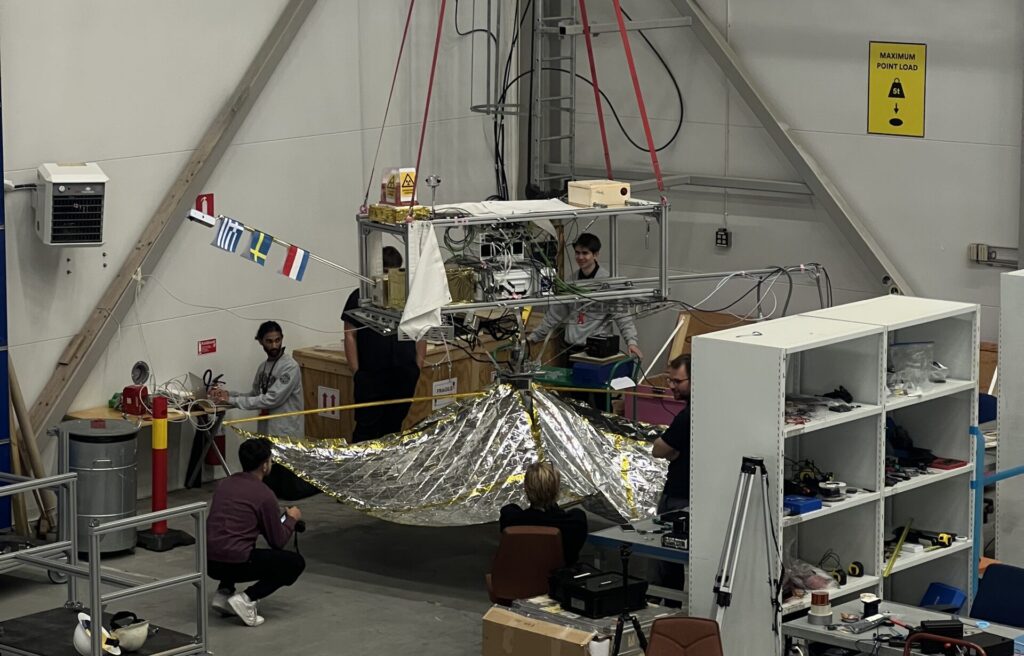
On day nine we had our post flight review scheduled, where we presented our data and SSC recaped both launches.
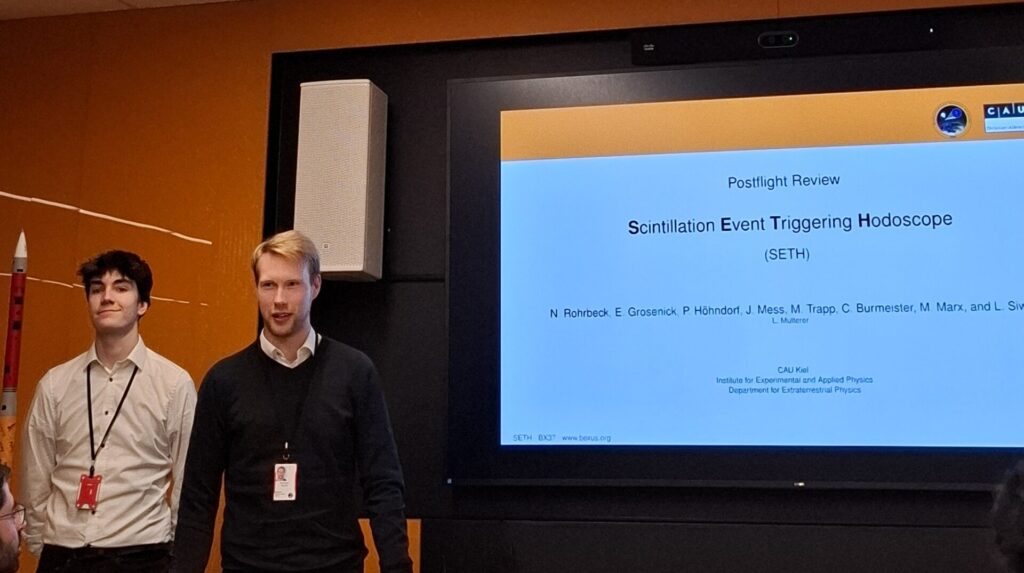
In the evening we were invited to the campaign dinner. There we were handed over our certificates and had a great dinner with all teams and SSC staff. Then the campaign party started with the prepared sketches: presentations, dances, and even some calculating. (Thanks to Moritz and Pauline for preparing our sketch and let the other empirically proof the gravitational constant g)
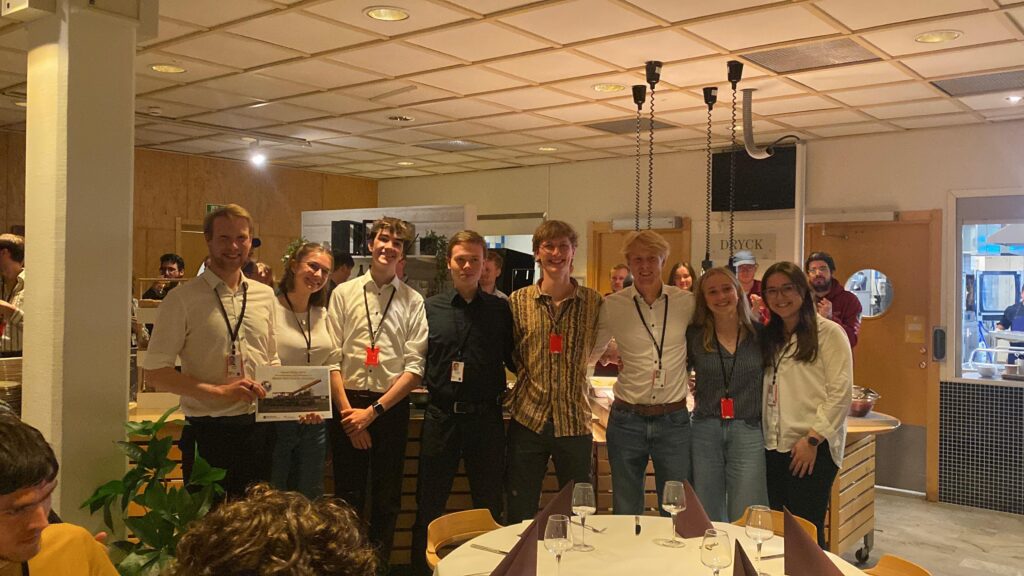
During the last sketch we got the aurora alert and ran outside. This was by far the most beautiful sky we have seen. It was a clear sky and perfect for watching auroras!
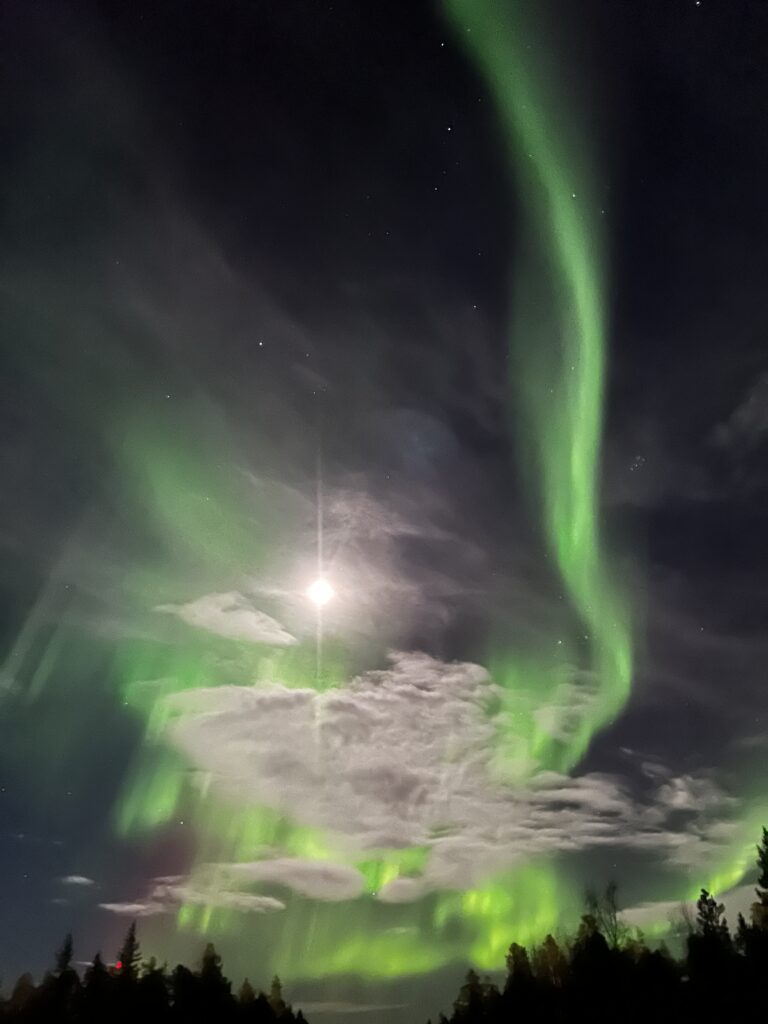
The last day was a resting day, though we went on one last hike. The weather was perfect and we witnessed a great sunset.
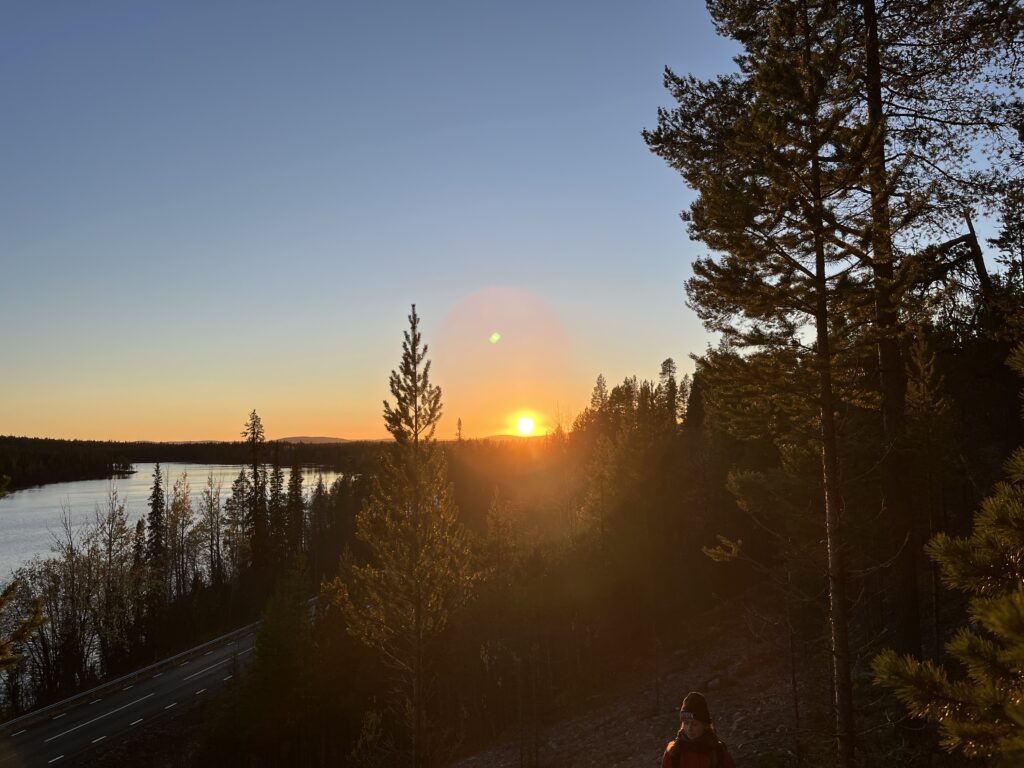
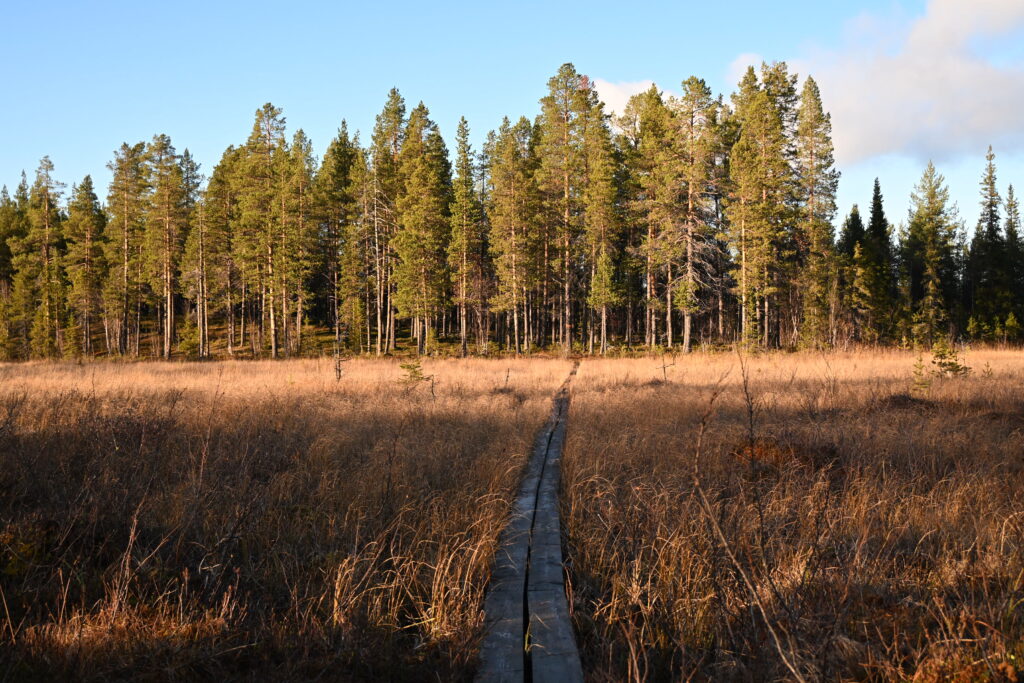
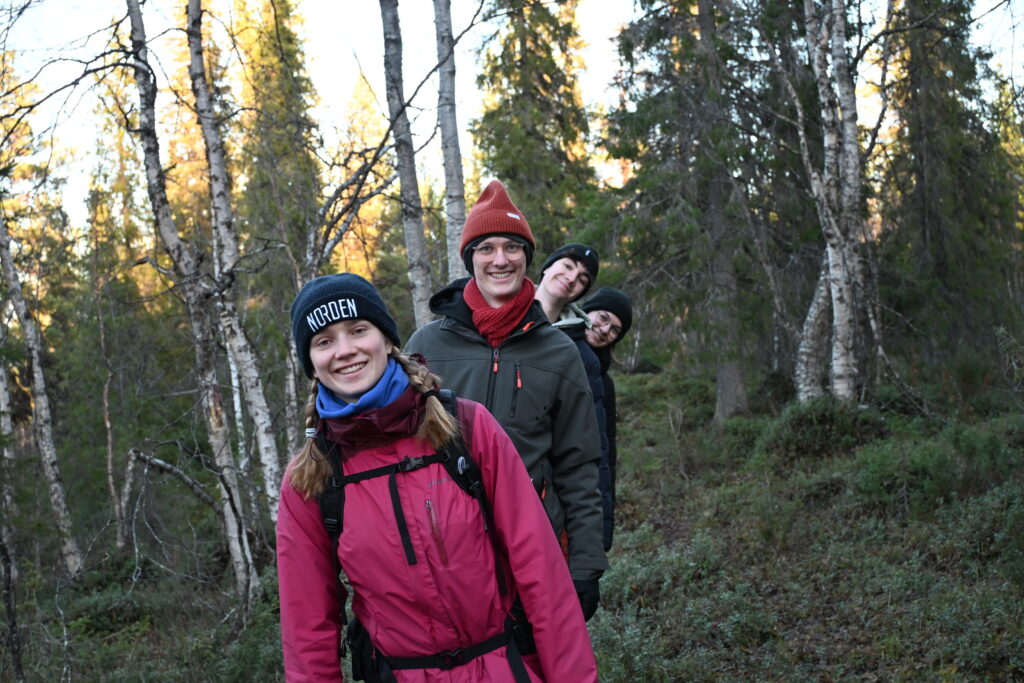
We thought the day was over and were fully ready to pack and go to bed, but then we received the Aurora alert and had one last chance of seeing Auroras!!! We were lucky enough to experience this multiple times and were utterly thankful for this.
Now that the campaign is over, and there is only one last SED version left, I want to leave some thoughts, that may speak for the whole team:
In recent months, we have not only learned an incredible amount scientifically, but above all also humanly. This project has shown us that research is much more than numbers, data, measurements and experiments. It is also about team spirit, trust and the knowledge that each individual contributes an important part to the whole. We mastered challenges whether they were broken CAD-designs or delayed trains to reviews or retrieving SETH junior in the Elbe. Some of us worked through nights and the most important part: motivating each other when things became difficult. Every idea, every helping hand, every little detail has made this project what is today.
A huge thank you to everyone who participated in this adventure with us – to our team, our supervisors, and sponsors. You have all contributed to the fact that this project has become not only a scientific success, but also an unforgettable experience.
Until then, I wish everyone the best!!!
